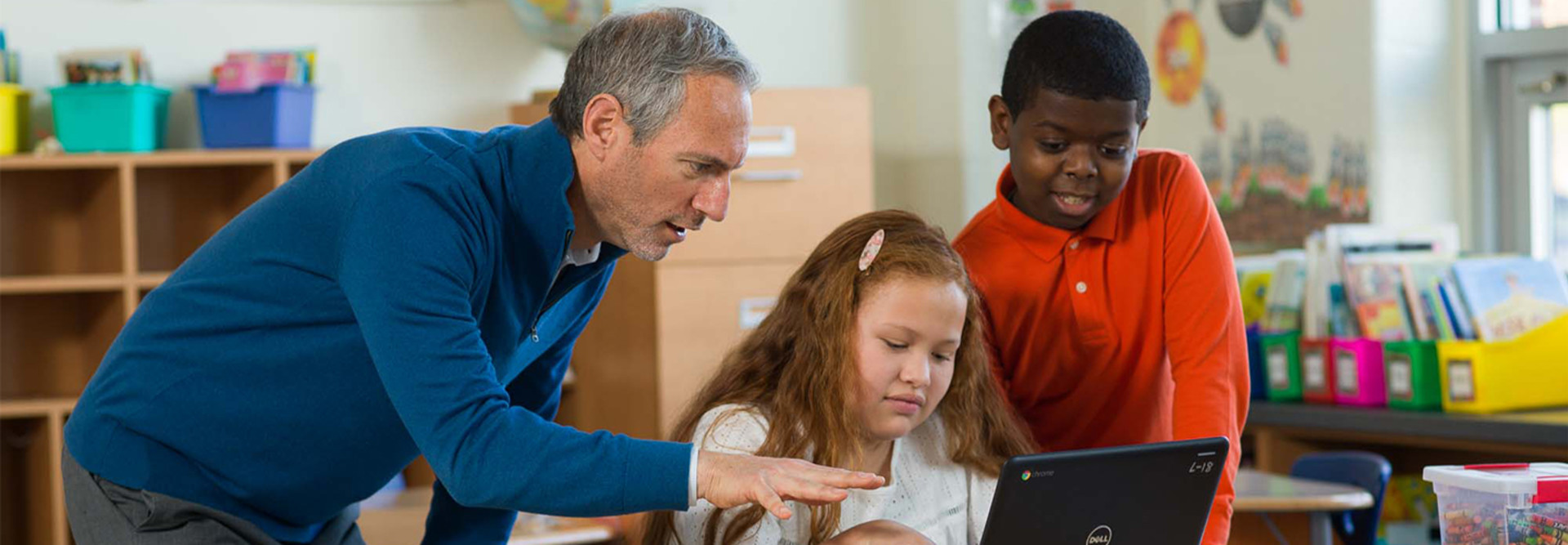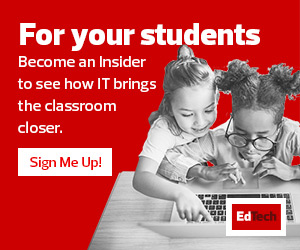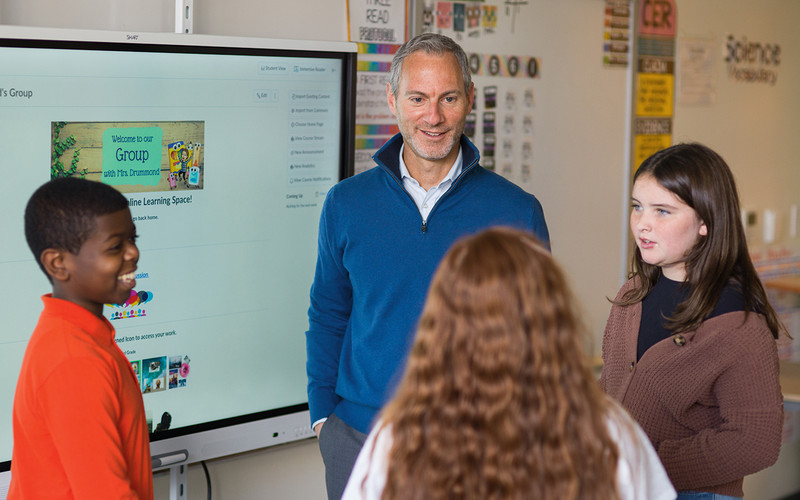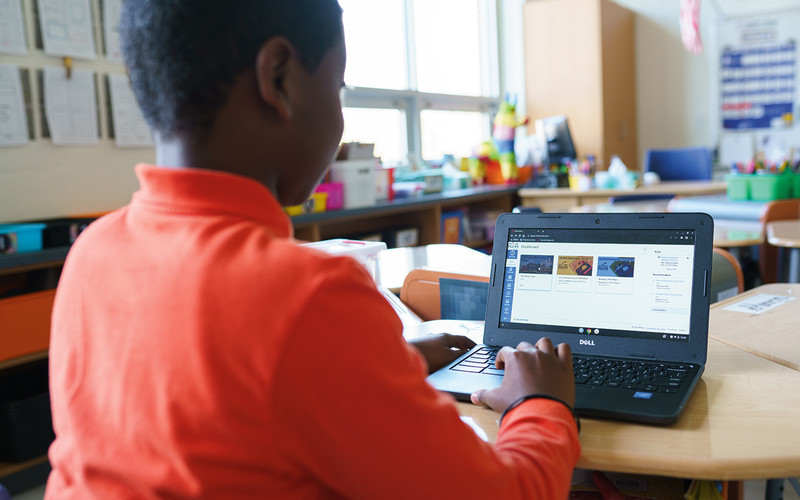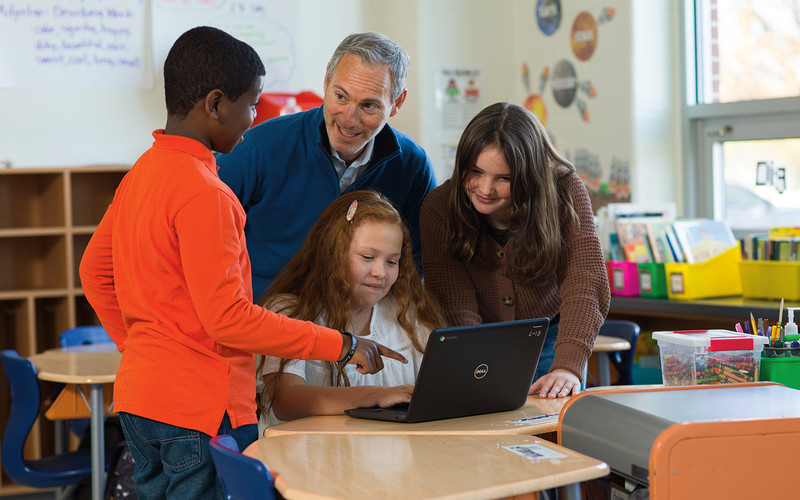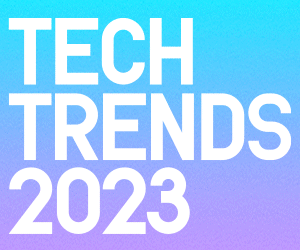EDTECH: Would you say that Prince George’s County was very focused on educational technology before the pandemic?
ZUCKERMAN: We were early adopters of Google apps in our district. We also have a very robust technology infrastructure and a very robust technology training team. I think that we were well positioned from an infrastructure standpoint in terms of the network. However, we were not a one-to-one district.
EDTECH: Prince George’s County is one of the largest school districts in the nation. How did you go about getting devices for so many students?
ZUCKERMAN: It was an emergency model to start, as it was for everybody. Early in the pandemic, we were looking everywhere to find devices for students who didn’t have them. We were moving devices constantly. We worked with parents to utilize their personal devices. Around Thanksgiving of 2020, we started to receive a huge number of devices that we had previously ordered, and we were able to rapidly push them out to our school teams.
We are now a true one-to-one district, where every student gets a device. We view student devices as an extension of the schoolhouse. Students take them home, and we send devices home with students over the summer.
LEARN MORE: How can K–12 schools overcome common one-to-one device hurdles?
We have funding through the Elementary and Secondary School Emergency Relief Fund. We strategically placed orders that maximize the life expectancy of the devices.
EDTECH: What is your vision of how digital equity will play out over the long term at PGCPS?
ZUCKERMAN: It’s very simple and straightforward: We never want to have a student who doesn’t have access to a high-quality computer and access to the internet.
Our CEO, Dr. Monica Goldson, is firmly committed to digital equity. Student devices have become such an integral part of education. Everything we do is organized in a way to ensure that we have student devices in place.



